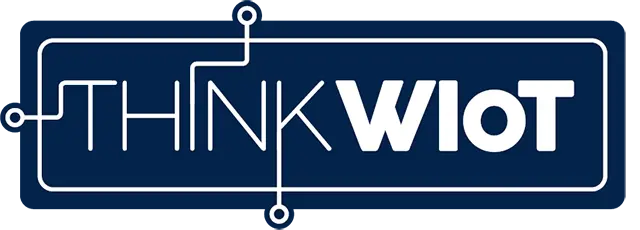Stop the hidden cost: How smart asset tracking erases unnecessary CO₂

How smarter asset tracking erases unnecessary CO₂ emissions
Article by Connected Load Carrier
Every day, fleets drive millions of needless kilometers. These invisible, inefficient journeys aren't just an extra fuel cost; they silently inflate carbon emissions across the entire supply chain.
If your transport assets (pallets, dollies, containers) are moving without full utilization, your business is wasting time, money and environmental credit. But what if you could make every single move your assets are making visible, intentional and perfectly efficient?
In today's logistics landscape, real-time visibility is the key to both superior operational efficiency and verifiable sustainability.
From blind spots to smaller footprints
Real-time, IoT-enabled asset tracking transforms a logistics operation from a guessing game into a precise, data-driven system. Real-time tracking allows companies to eliminate waste and make decisions that cut emissions at the source.
The optimization opportunities are immediate and impactful:
1. Eliminate the carbon-intensive "empty run"
Imagine knowing the exact location and status of every pallet or crate at all times. This visibility allows you to eliminate the costly practice of sending trucks out to search for assets or returning half-empty. You can precisely route trucks to pick up or drop off fully utilized carriers, directly resulting in:
Fewer unnecessary miles driven
Significantly lower fuel consumption
Direct CO₂ output reduction
2. Optimize your asset pool, not just your routes
Many logistics companies keep a costly surplus of assets (trailers, containers) simply because they lack visibility into their true usage. This not only increases ownership and storage costs, but also adds to the emissions footprint from manufacturing and storing those surplus units.
By leveraging real-time and historical movement data, you can:
Identify and eliminate underutilized assets.
Improve turnaround time through better planning.
Maintain operational readiness with a leaner, more sustainable fleet.
This approach supports environmental goals and leads to measurable cost savings.
Ready to find out more?
Read the full article on our website and discover how much CO₂ you could save with smarter asset planning and how it supports your sustainability strategy effortlessly.
Want to know your exact savings potential? Start with our free quickscan and discover the hidden inefficiencies in your fleet.

